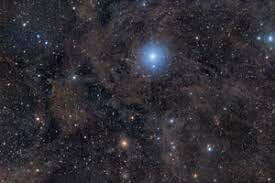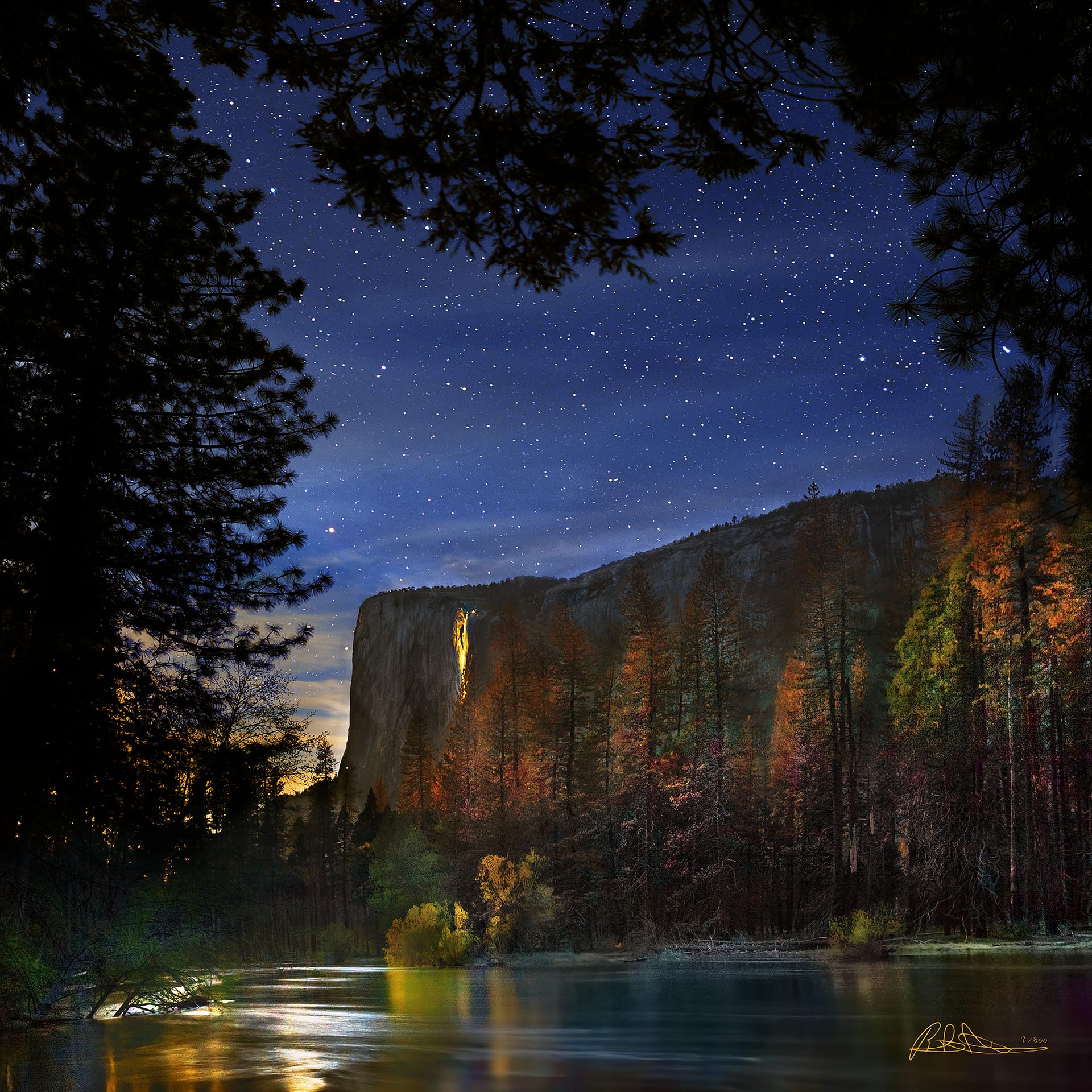Accolades
However humble in my accomplishments, I was suggested that I should have a page containing any milestones and accolades I have achieved in astrophotography. Here are some of the most significant ones:
- Was added to SBIGs Hall of Fame (the original page was removed as SBIG moved to Diffraction Limited’s website) and received SBIG’s Award for Excellence in Astronomical Imaging in 2011. SBIG has described their Hall of Fame to be a recognition given to imagers who push the envelope in amateur astronomy.
- Received the 2011 AANC Amateur Award from the Astronomical Asociation of Northern California, for “outstanding and continuous support in distinguishing and fostering Amateur Astronomy”.
- Received the 2010 Pleiades Award from the Advanced Imaging Conference Board of Directors in December 2010. The Pleiades Award is an award for “rising star astrophotographers”.
I have given talks, workshops and presentations at many different events. To name a few of the most significant ones for me:
- Advanced Imaging Conference (AIC) in Santa Clara, California
- Pacific Astronomy and Telescope Show (PATS) in Pasadena, California
- Australian Astro Imaging Conference (AAIC), Surfers Paradise, Australia
- STARMUS, Tenerife, Canary Islands, Spain
- San Jose Astronomical Association, San Jose, California
- RNAA, in Monterey, Mexico
- etc.
Several of my images have appeared in magazines and publications such as Astronomy Magazine, Sky and Telescope, Ciel et Espace, National Geographic, etc. and TV programs for TV channels such as the BBC, National Geographic or The Discovery Channel. My work was also used in the remake of the classic COSMOS series, “Cosmos: A Spacetime Odyssey”.
- Winner in the Deep Sky category for the 2009 Astroimaging Contest, by Astronomy Magazine.
- 2010 Astrophotographer of the Year, by the Royal Observatory of Greenwich, Deep Sky Winner.
- 2011 Astrophotographer of the Year, by the Royal Observatory of Greenwich, Highly-commended entry (3rd shared place) in the Deep Sky category.
- 2012 Astrophotographer of the Year, by the Royal Observatory of Greenwich, Second place in the Deep Sky category.
- 2013 Astrophotographer of the Year, by the Royal Observatory of Greenwich, shortlisted entry (Top 10 for the category).
- 2014 Astrophotographer of the Year, by the Royal Observatory of Greenwich, Highly Commended (3rd shared place) in the Deep Sky Category.
In all, five significant results, five years in a row in this highly regarded contest. NOTE: In 2015 I decided I would not continue participating in this contest.
- Over 60 times featured in NASA’s Astronomy Picture of the Day (APOD) (we’ll be updating dates and numbers every once in a while, should more images appear on the APOD)
- Two of my Orion wide field images were used in the Orion’s flyby scene for the Hubble 3D movie (by the way, if you haven’t seen the movie, you should!). This was kind of cool because they actually transformed my flat 2D image into a 3D stellar field!
- Some of my images, such as the Witch Head and Rigel, have been used in the Discovery Channel series Into the Universe with Stephen Hawking. (I also had a chance to meet Stephen Hawking once – such incredible honor).
- The Orion’s Deep Wide Field image showcased at the Rubin Museum in New York City for 6 months, between December 2009 and May 2010 during their “Vision of the Cosmos” exhibit.
- On October 4, 2017, the Madrid Planetarium opened a two-year long exhibit with 18 large backlit displays of my best deep-sky images, which became an instant success. Over 120,000 people visited the Planetarium during the first four months of its opening, and counting!
NOTE: If you’re reading this, it means the exhibit is still happening (I’ll update this note the moment it ends), so if you’re in Madrid, check it out!
- My images have appeared in many, many calendars from different sources ever since 2009. Too many to mention individually, many observatories, planetariums, books, including book covers, and other media have used some of my images in one way or another.
- The Orion, From Head to Toes image was selected by Bad Astronomy (Discover Magazine) as the #1 top astronomy picture of 2010. This was also the first time this award was given to an amateur image, which in previous years it was always given to images produced by professional observatories or space telescopes. Out of the other 13 images that made it to the top list, only one was also produced by an amateur astrophotographer, being the remaining 12 images from professional and space observatories.
Orion, From Head to Toes was also featured full page on the printed version of National Geographic Magazine (and on their web site), seven years later.
This image also appears on the Wikipedia page of the Orion constellation.
Our physical Gallery in Sunnyvale, California was the first art gallery 100% focused on astrophotography and nightscape photography to ever open its doors, still being the only one at the time of this writing.
Major Image Accomplishments
Every image can be, and often is, an accomplishment on its own. Rather than listing every moment I felt I had accomplished something substantial, here I am including only some of those accomplishments that were significant within the astrophotography world, “first time ever” images and major accomplishments as highlighted by peers and followers.
I am leaving out some achievements , but I’ll edit the page as I recall them. With over 1,000 images officially published over 10 years, one looses track of things sometimes!
Please note: Some of the “first time ever” claims do not keep into account professional sky surveys (technically, the entire sky has been mapped), although claims about “deepest” are absolute, even including professional surveys.
All claims are made after a considerable attempt to make sure they are legitimate. While most of them are known to be 100% accurate, in a few cases I cannot know with absolute certainty, for example, if there was an earlier image about a particular object or area of the sky captured by someone else if such image was never published or doesn’t easily appear in detailed and standard searches. That said, this list is public, and any claim you feel is incorrect, please contact me at rba @ deepskycolors . com and I will definitely amend any claim if is proven to be incorrect or outdated.
2010

The Angel Nebula, first ever full color image featuring a group of very faint galactic cirrus dust clouds (aka IFN) that had just recently been discovered and only photographed once before.

M31 vs M33, first image ever at telescopic resolution and depth of the view between galaxies M31 and M33, also showing for the first time faint dust clouds spreading all over the view.

Orion Head to Toes, first image ever produced of the entire constellation Orion at telescopic resolution and depth. Up until today, February 2018, only a handful of similar images have been produced, one of them also from me (Clouds of Orion, mentioned later).

Northern Clouds is the first image ever released around Polaris, the Northern Star, showing at telescopic resolution and depth the faint cloud complex of galactic cirrus or IFN around it in full color.
2011

Virgo Cluster Deep Widefield is the deepest image to date of a large area of the sky around the Markarian chain of galaxies. This image would grow in size every two years up until its final, much larger version released in 2017, mentioned later.

Clouds of Perseus and From Pleiades to Hyades are released, as the first deep high-res mosaics of these large areas of the sky.

First images – and only ones to date – at telescopic resolution and depth of the entire Big Dipper and Little Dipper asterisms.

Tangled Stardust, a deep image of Simeis 147 is released, remaining one of the cleanest and deepest full color images of this object for many years. Some might argue the image still holds that status today. Regardless, a favorite to many.
2012

The Lion, first image at telescopic resolution and depth of the entire Leo constellation, also showing faint interstellar dust all over the area.

No particular image but a sudden trip to Alvord Desert, OR seeking “just” the darkest night skies in the lower 48 US States, unwillingly added this remote area to many people’s bucket list as a nightscape destination.
2013

Untouchable Beauty, a nightscape of McWay Falls becomes the first image of this place being seen by many, starting a craze with nightscapers all over the world coming to this place.

A Flawless Point is not the first nightscape from Glacier point. However many peers have declared that this shot quickly became one of the reference images from this pouplar spot in Yosemite.

California to Pleiades, Reoladed is released as the deepest image of the Pleiades and California pair to date. I had previously released a similar image in 2009 but not nearly as deep and detailed as this one.
2014

Still Untouchable mimics my previous shot of McWay Falls – and hundreds taken by many after that – at “gigapan resolution”, possibly making it the highest resolution nightscape of McWay Falls at the time of this writing.
2015

Clouds of Orion is released. This was an attempt to obtain a better view than Orion Head to Toes, so far the best image of the entire Orion constellation to date. Personal preferences aside, I feel the goal was achieved.

Hawai’i Nights becomes the first large collection of nightscapes from all Hawaiian islands – over 200 images – ever released by a single author. The book becomes the first – and so far, only – book about Hawaiian nightscapes to be published.
2016

A New Angel is a new, deeper image of the Angel Nebula that dethroned my then 5 years old version as the best image of these clouds, according to most peers.

Downtown Milky Way, a 102 pane mosaic of the center of our Milky Way and possibly the highest resolution image of this entire area of the Milky Way to date.
2017

Clouds of Andromeda is released, showing for the very first time and with absolute clarity, a number of extremely faint Hydrogen clouds detected in sky surveys but never seen before in an image of the Andromeda galaxy. Only a handful of images have shown these clouds afterward, barely detectable.

Clouds of Taurus, the first, and still the only image I know at telescopic resolution and depth that shows in nearly its entirety, the Taurus Molecular cloud, extending from the California nebula and the Pleiades to Simeis 147 and more.

Double Flare Nebula, the first image showing interstellar dust around galaxy M64. Very few other images have been produced since, and none – so far – gets close to the depth of this image.

Archipelago of Galaxies is the deepest image to date of this large area of the sky that extends from the Markarian chain of galaxies – home to several Messier objetcs – all the way to M64 and M53.

Moonlit Firefalls. A series of images that are not the first, but part of a small handful of images that exist of the natural Yosemite “Firefall” Horsetail falls under the moonlight (not the ultra-popular sunlit firefall)
2018

Starman cruising through space is released as the first color video – and second video ever released – of the FalconHeavy and its Tesla Roadster payload in outer space. The video was featured in multiple media outlets and TV stations, including an appearance on Good Morning, America.


